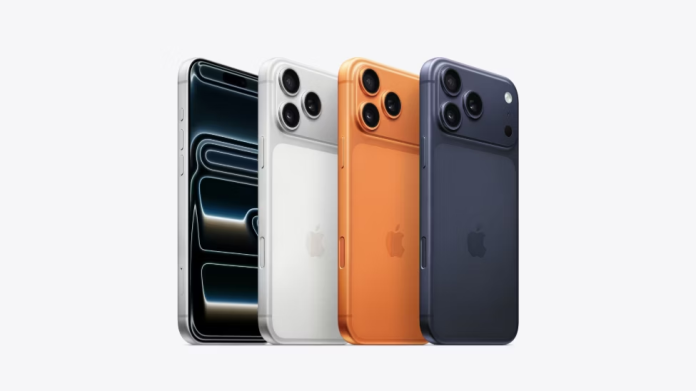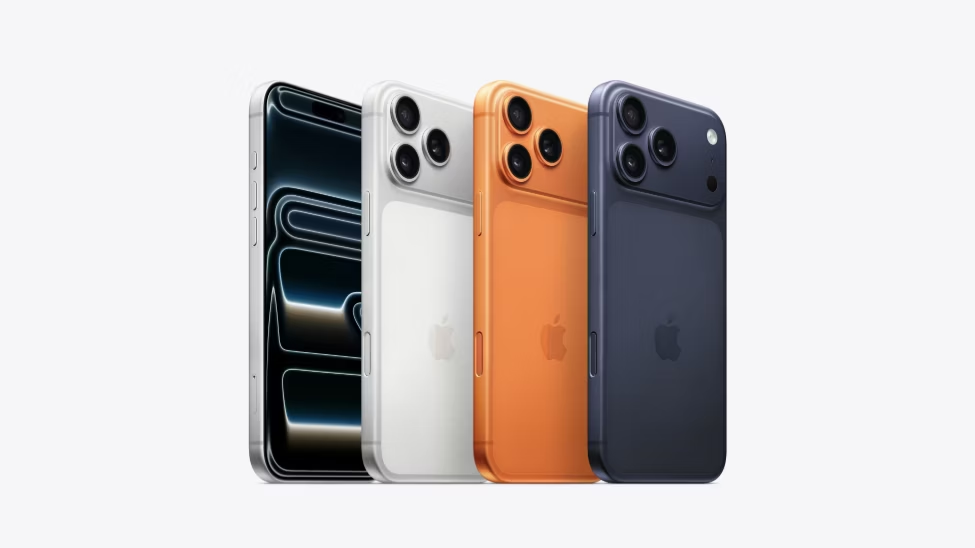
Apple’s September 2025 “Awe Dropping” release was one of the most technically ambitious reworks of its flagship smartphone lineup in years. Four phones the iPhone 17, iPhone 17 Air, iPhone 17 Pro, and iPhone 17 Pro Max come with sweeping changes in materials, display technology, camera systems, and silicon design.
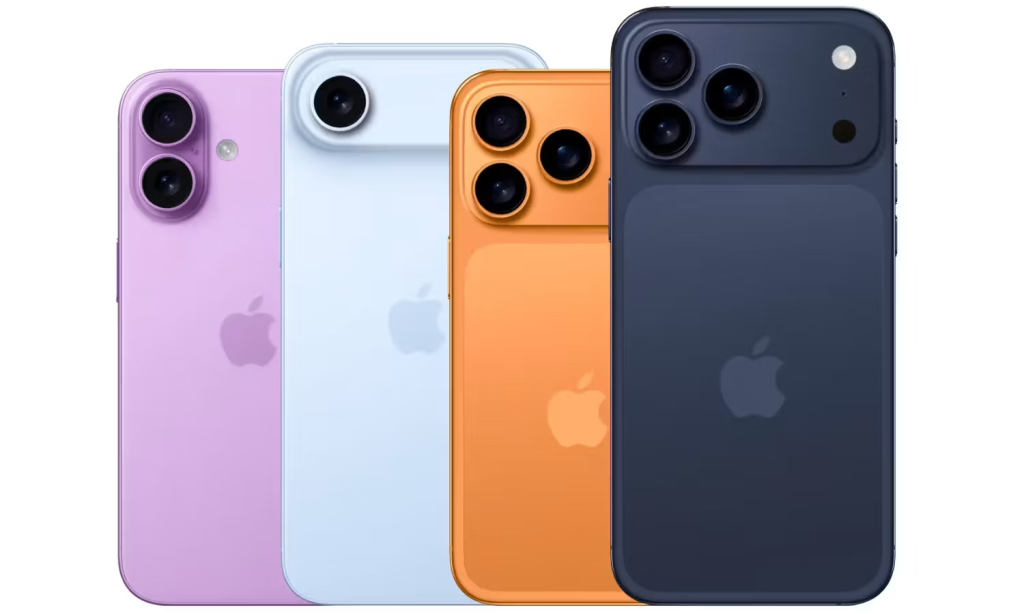
1. The Ultra-Thin iPhone 17 Air
The iPhone 17 Air substitutes the Plus model with a revolutionary 5.6 mm thin and 165 g light design. Its aluminum and titanium body rests within second-generation Ceramic Shield, which has more scratch resistance. Apple reengineered the internal “plateau” design to accommodate the A19 Pro chip, the C1X modem, and the camera modules without any bulk. The Air features a 6.6‑inch ProMotion LTPO OLED display that provides adaptive refresh rates as low as 1 Hz for always‑on performance. Apple’s own N1 wireless technology provides connectivity for Wi‑Fi 7, Bluetooth 6, and Thread on 30% less power. But its 2,800 mAh battery the lowest in the family drives full‑day capability to only 60–70% of users, forcing Apple to sell a special battery case at introduction.
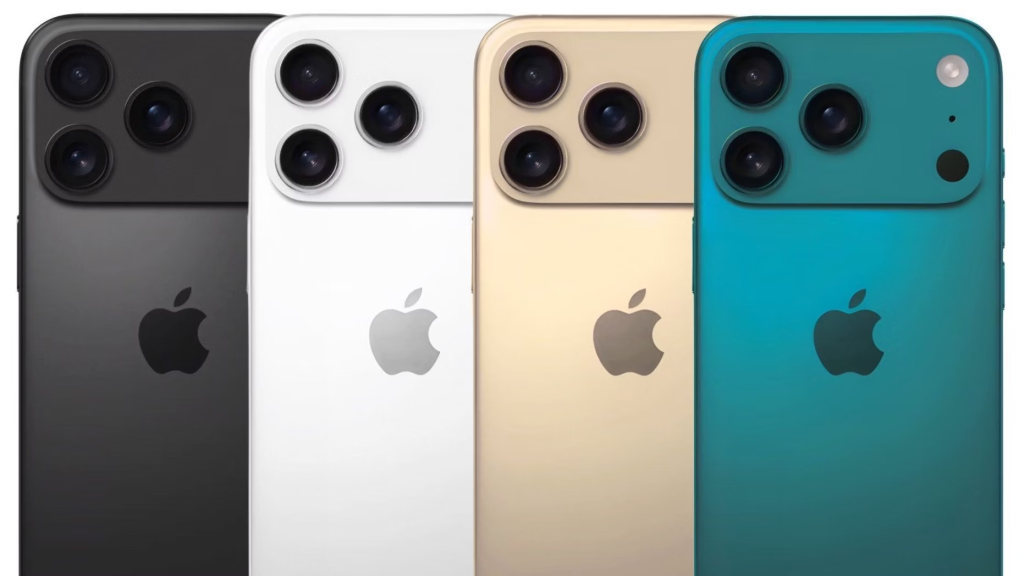
2. Camera Improvements Across the Line
Each iPhone 17 model features a 48‑megapixel ultra‑wide camera with enhanced low‑light photography and a new square‑sensor selfie camera with support for AI‑powered auto‑framing. The Pro and Pro Max feature a full‑width horizontal camera bar housing with three 48 MP sensors, a tetraprism telephoto sensor that provides 4× to 8× optical zoom 100 mm and 200 mm focal length equivalent without the loss of digital shoot quality. Telephoto camera sensor receives more light in to offer improved quality in darkening situations. Video features include 8K recording, Dolby Vision HDR, ProRes RAW, and genlock sync for multi-camera recording.
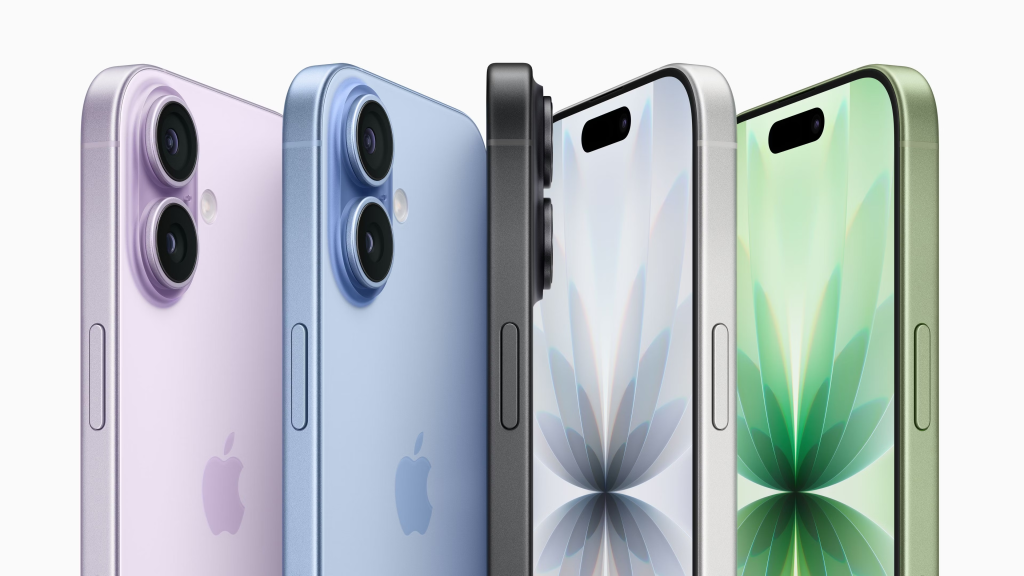
3. ProMotion and Display Engineering
ProMotion, once the province of the more expensive versions, is now available across the board. The 17 Pro and Pro Max take screen brightness to 3,000 nits peak for outdoor usability, and the Air’s biggest-ever 6.6‑inch screen gets the benefit of thinner bezels and a seven‑layer anti‑reflective coating. Always-on displays are made possible by LTPO backplanes, which reduce the refresh rate to save energy.
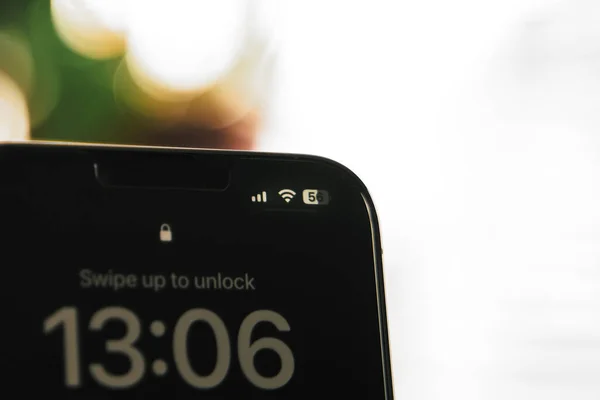
4. A19 and A19 Pro Silicon
The base iPhone 17 features the A19 SoC featuring a six-core CPU (two high-performance, four efficiency) and five-core GPU, manufactured on TSMC’s N3P process. The A19 Pro on the Pro and Air models has better branch prediction, larger caches, and second-generation Dynamic Caching GPU. The Pro and Pro Max feature a six-core GPU and new display engine, with up to 40% greater sustained performance compared to the A18 Pro. Every GPU core features a Neural Accelerator, which allows on-device Apple Intelligence features in iOS 26.
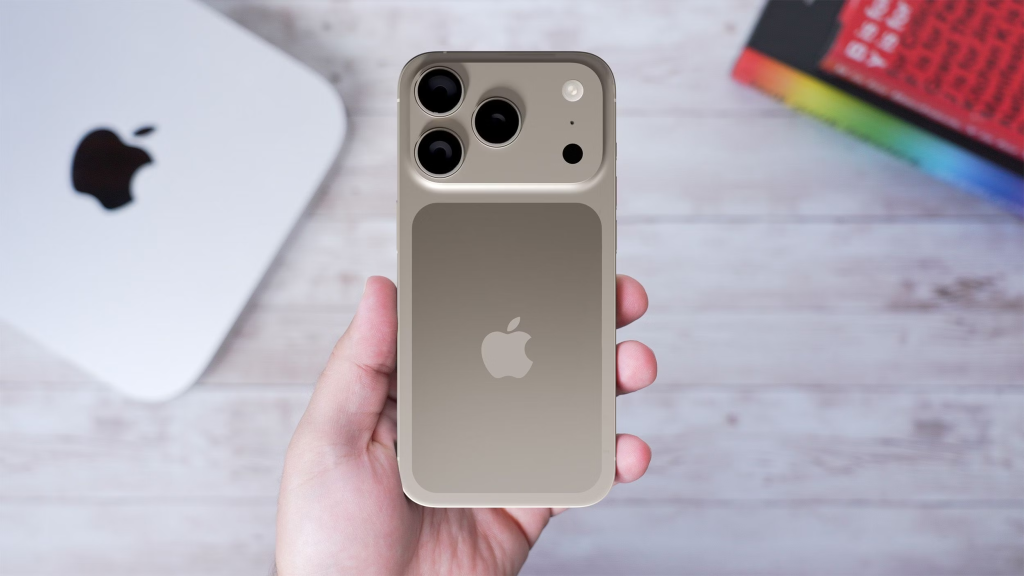
5. Thermal Management Innovations
For the first time, the Pro and Pro Max employ a vapor chamber cooling technology. De-ionized water-filled, it distributes heat from the A19 Pro and memory modules over an aluminum unibody enclosure 20 times more thermally conductive than the previous Pro’s titanium. This reduces the thermal throttling tendency of the iPhone 15 Pro and enables prolonged high-performance workloads like ray-traced gaming and 8K video recording.
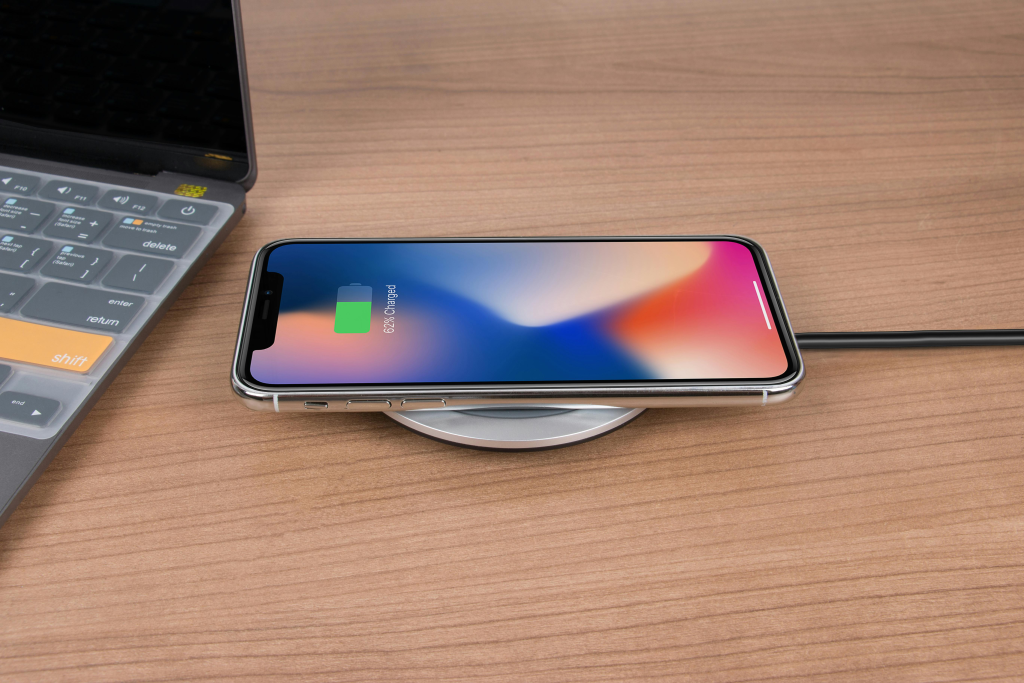
5. Battery Life Divergence
Capacity varies dramatically by model. The Pro Max contains the largest ever on an iPhone, with a maximum of 39 hours of video playback-two hours longer in eSIM-only versions thanks to repurposed internal room. The Pro is estimated at 15–16 hours of use, and the Air’s thinness confines it to 12–14 hours. AI-enhanced battery optimization in iOS 26 tweaks background workloads and screen refresh rates to prolong runtime as long as possible across all models.
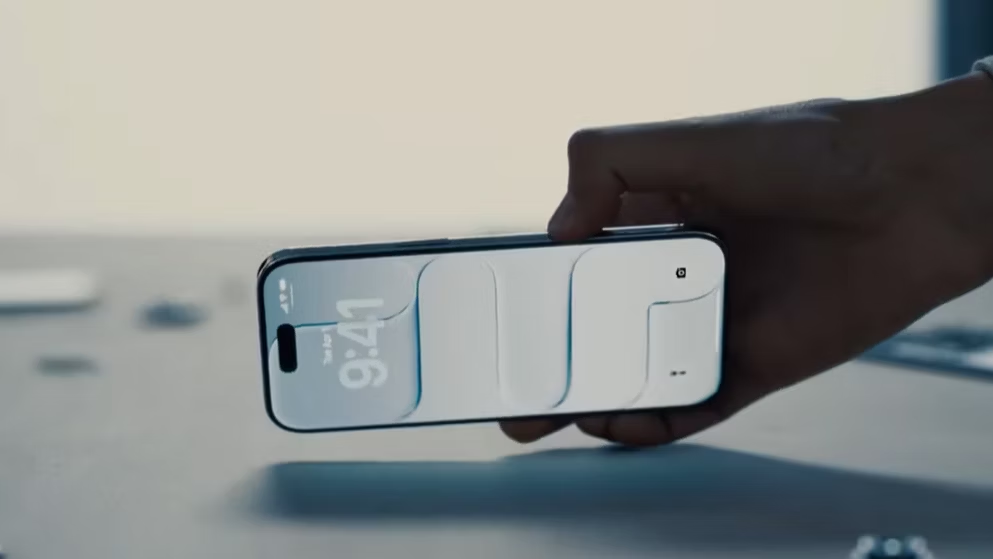
6. Materials and Durability
Ceramic Shield 2 now guards front and back on Pro models, with Apple boasting 3× greater scratch protection than the previous generation. Tests of drop tests from previous Ceramic Shield generations demonstrate strong face-down drop resistance, but side or corner drops can still cause frame dents and possible screen damage. The Air’s titanium-aluminum frame achieves stiffness while saving weight, while the Pro models’ aluminum unibody enhances heat transfer and structure stiffness.
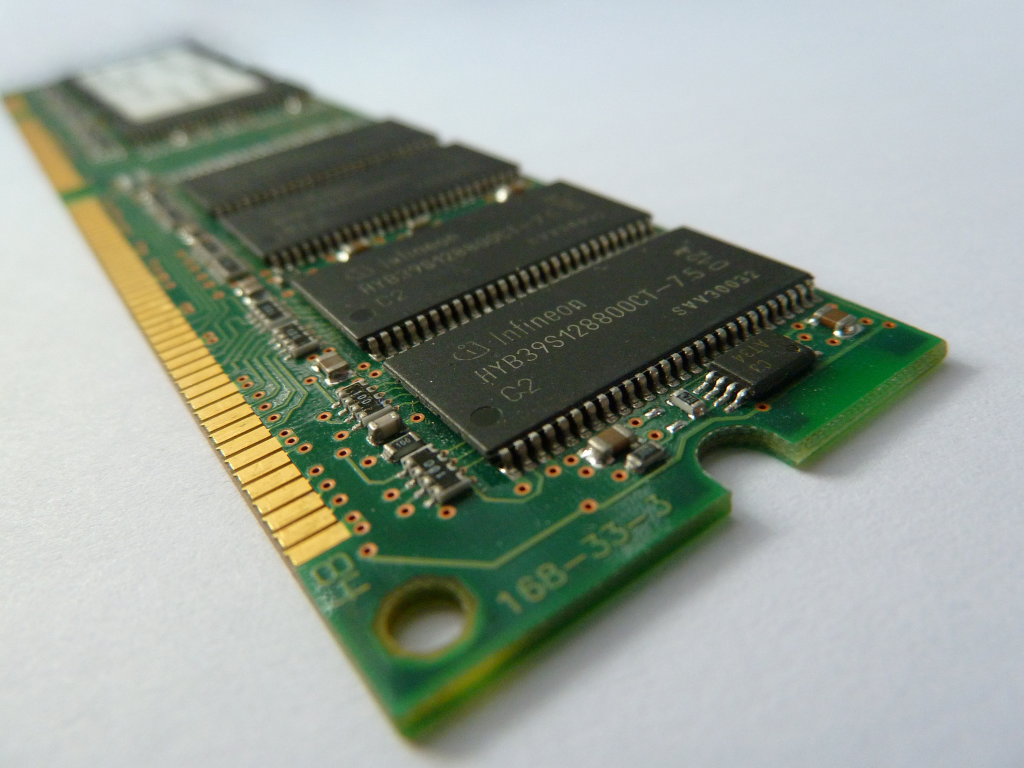
7. Connectivity and Networking
The N1 wireless chip integrates Wi‑Fi 7, Bluetooth 6, and Thread into a single chip, which lowers AirDrop and Personal Hotspot latency. The Air’s C1X modem is 2× faster than its predecessor but omits mmWave 5G, retained only in Qualcomm‑based Pro models. All have MagSafe charging, with the Pro models adding 25 W Qi2.2 wireless and 50% charge in 20 minutes with Apple’s new 40 W USB‑C adapter.
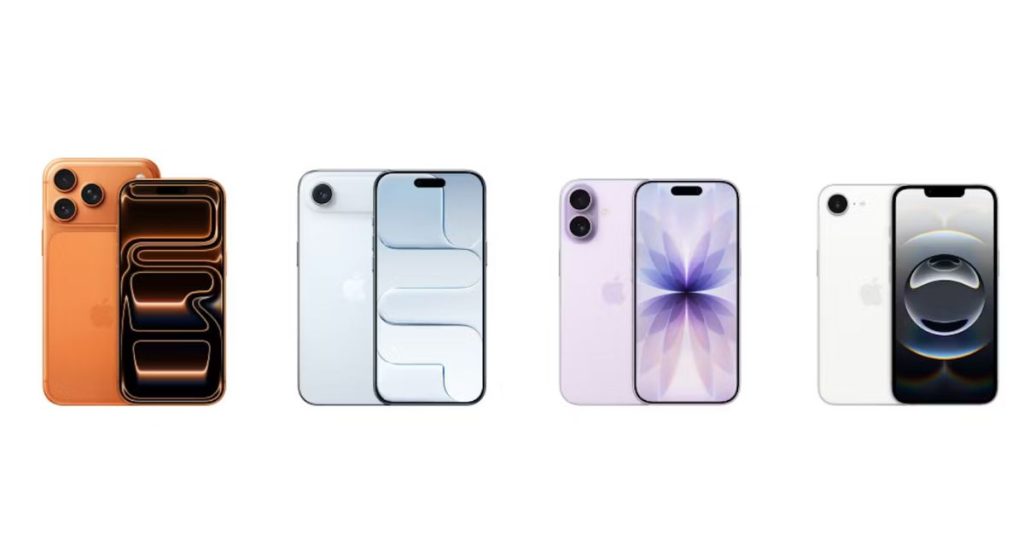
8. iOS 26 and Apple Intelligence
iOS 26 is installed on each iPhone 17 model, which brings the “Liquid Glass” UI with transparent interface layers. iOS offerings also include on-device Live Translation, Visual Intelligence to identify content, and smart camera framing. The technologies take advantage of the advanced Neural Engine and memory bandwidth of the A19 series chips, keeping sensitive information processed locally for privacy.
The iPhone 17 series reflects Apple’s two-track engineering priorities: Pro and Pro Max advance thermal, optical, and endurance boundaries, and Air advances the thinnest boundary at the expense of battery life. For consumers, the decision is as much a matter of engineering trade-offs as price or design.
